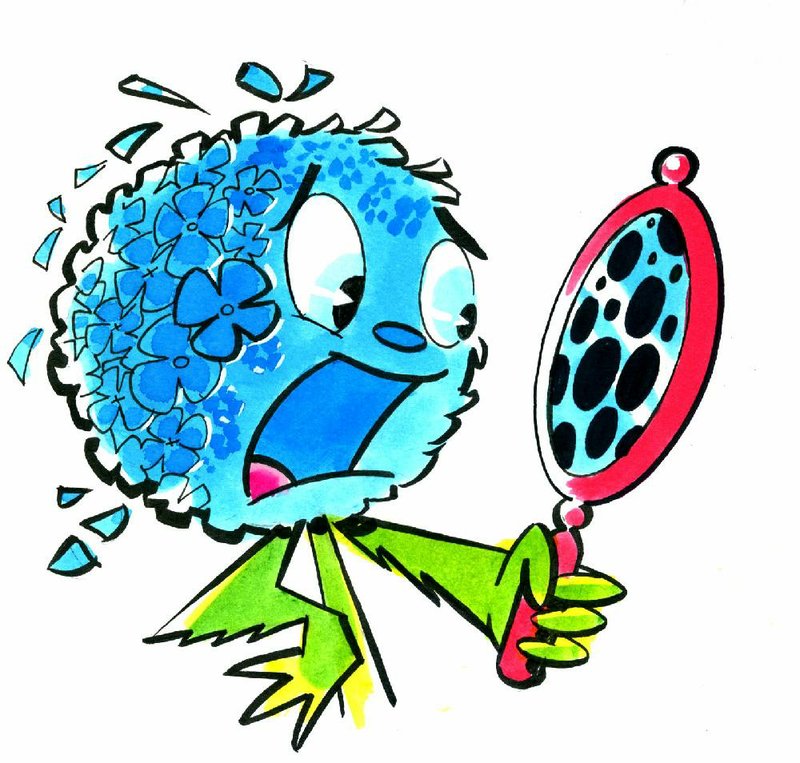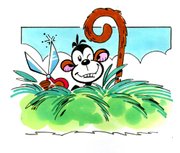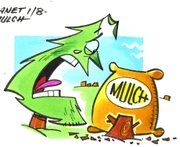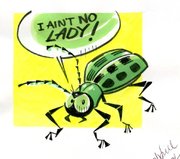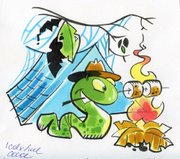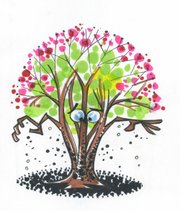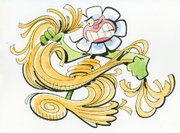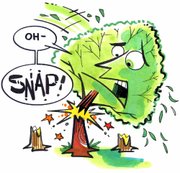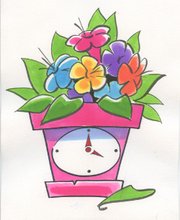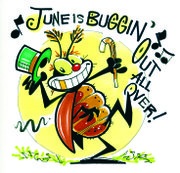Each week, Arkansas Democrat-Gazette cartoonist Ron Wolfe creates a drawing to illustrate Janet Carson's "In the Garden" column on the front of Saturday's Style section.
Gardening expert Carson answers an acre of questions, everything from how to grow cucumbers to what to do about ailing azaleas. Being a horticulture specialist for the University of Arkansas Cooperative Extension Service, she knows a lot.
Wolfe knows ink stains better than grass stains, watercolors better than watermelons, and he scatters eraser crumbs better than garden seeds. The sunflowers he keeps trying to plant never come up, and he has quit the struggle to grow tomatoes. The grocery store sells tomatoes -- or at least those red tennis balls they call tomatoes.
Dumb as dirt when it comes to gardening, the artist's ignorance happily frees him to disregard how fruits, flowers and vegetables really are. Instead, he imagines how they might be -- how they might feel about the troubles that beset them, and how they react to the questions people ask.
Ordinarily, these cartoons run small to fit the column. But this page shows them big and ripe like never before, ready to pick without bifocals.
It's a guessing game. Each cartoon poses the question: What's going on here?
Dig in. The answers, based on Carson's advice in the column, are in a box on Page 6E.
Garden variety quiz answers: 1-C, 2-B, 3-A, 4-C, 5-A, 6-B, 7-C, 8-B, 9-C, 10-A, 11-B, 12-B.
ActiveStyle on 06/27/2016
